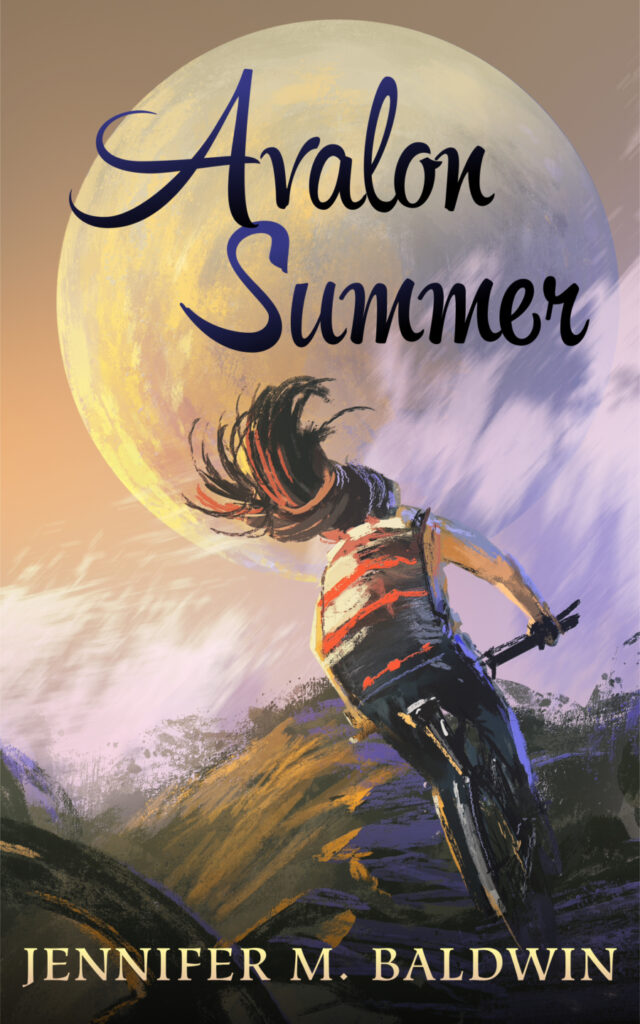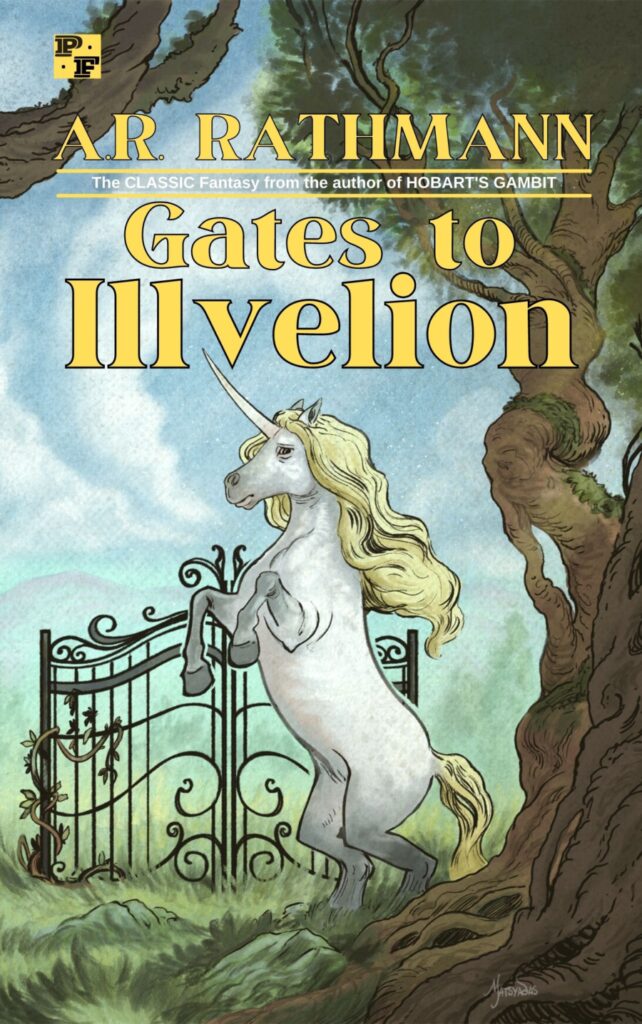I’m in the midst of revising my second draft of The Thirteen Treasures of Britain.
Confession time: I’m not going to pay a professional editor. The reason I’m not is because I can’t afford it. Perhaps in time, once I’m selling oodles of books a day, then I can hire a professional copy editor. For now, I must rely upon my own skills.
(Side Note: I’m a high school English teacher during the day — and have been for five years — so I spend most of my time offering revision and editing suggestions to student-writers. I feel like I’ve got a pretty good handle on critiquing other peoples’ writing. Hopefully, I can transfer this skill to my own writing.)
But even if I were paying a professional copy writer, I’d still do a lot of revision myself. Copy editors are going to help with cleaning up the prose and the continuity of the text, but they can’t help with the structure or characterization. Of course, a structural/developmental editor may help with those things, but that kind of editor is even more expensive than a copy editor, and I think at this point in my writing life, I know what needs to be done structurally to make a story work. I’ve had a lot of training in screenwriting, and my teachers hammered structure, characterization, and dialogue into me with repeated force.
Maybe I will hire a copy editor for this book, who knows. The more I think about it, the more I think I could scrounge up $500 for one. But if I can’t manage that amount, then I’ll just make sure to go over my manuscript with incredible attention to detail. It can be done; it just takes a lot of patience.
Right now I’m in the “quick read-through” phase of the revision process: I set the manuscript aside for a couple of weeks, then I pick it up and read it on my kindle just as I would any book. While I read, I make super-quick notes in a separate notebook. I use symbols instead of writing anything lengthy because the symbols are quicker to write down and don’t interfere with the quick read-through process. (N.B.: I stole this idea from James Scott Bell in his excellent book Plot & Structure).
The symbols I use are as follows (again, heavily borrowed from Bell’s book):
Checkmark: Dragging
Star: Sentence-level revision needed (in other words, the prose is wonky or I need to work on paragraphing)
Circle: Need to add material
X: Cuts (either because I’m over-explaining, something’s not working, or I’m telling and not showing)
?: Plot hole/inconsistency
That’s it. I don’t write lengthy notes while I’m doing the quick read-through. The idea is to get an overall sense of the story. One of the reasons for this is that sometimes when I’m doing a read-through, I see a “flaw” and immediately start revising. Then I get lost in the rabbit hole of “tinkering” which is not really revision but just endless shifting of commas and clauses. The quick read-through and symbol system help me avoid getting sucked into this trap.
The other reason for the quick read-through is because I don’t believe a fundamentally flawed book can be fixed in revision. Not to be too gross, but trying to fix a fundamentally flawed book is like trying to polish a turd. Better to just flush that thing and move on.
If the quick read-through reveals that my story isn’t working — that on a structural level, something is off — then I need to start over. Dean Wesley Smith calls this the “redraft.”
When I wrote the first draft of Thirteen Treasures, I didn’t like it. It had some good moments, but overall, I found it to be fatally flawed. So I put it in a drawer and started over. My second draft for Thirteen Treasures is a completely new story. I’ve kept most of the main characters and a few of the settings, but the structure is new, the themes are new, and the overall energy and tone are new. I’m in the midst of the quick read-through now, and I can already say that I enjoy this new story so much better than the old one. It would’ve been a waste of my time to try and fix the problems of the first draft. With this second “redraft,” I’ve got something inherently solid that I know I can work with to make better.
It’s a bit daunting to do a “redraft” because it feels like the time spent with the previous draft was all just wasted time. But honestly, writing a new draft is a lot more fun than struggling to edit something that is fundamentally not good. Sometimes we as writers need to exhale some garbage and clear our creative heads before we can get to writing the good stuff. My first draft of Thirteen Treasures was the stuff I needed to exhale. The second draft was the story I really wanted to write. The quick read-through that I’m in the midst of now has shown me that this second draft is revision-worthy.
After the quick read-through, I’ll move on to Phase 2 of the revision process. More on that later…



Leave a Reply